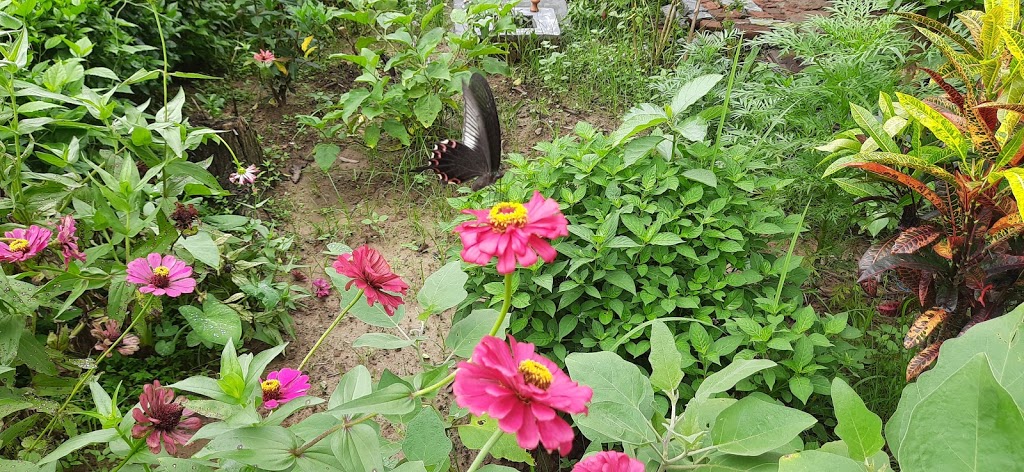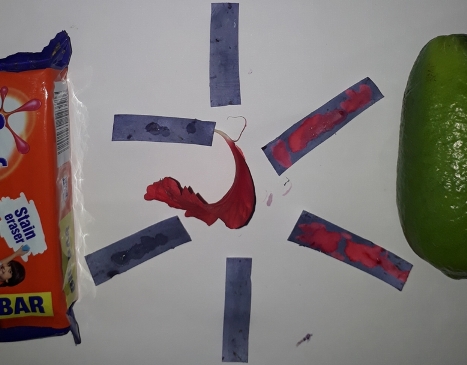SORTING MATERIALS INTO GROUPS CLASS VI CHAPTER IV
We see a number of things around us. These can be classified into natural, man-made, solid, liquid, gases, lustrous, non-lustrous, opaque, transparent, translucent etc.
In our home, school, library, kitchen etc. we classify the objects into different categories. The process of grouping of objects based on their known properties is called classification.
SORTING MATERIALS INTO GROUPS CLASS VI CHAPTER IV Read More »






